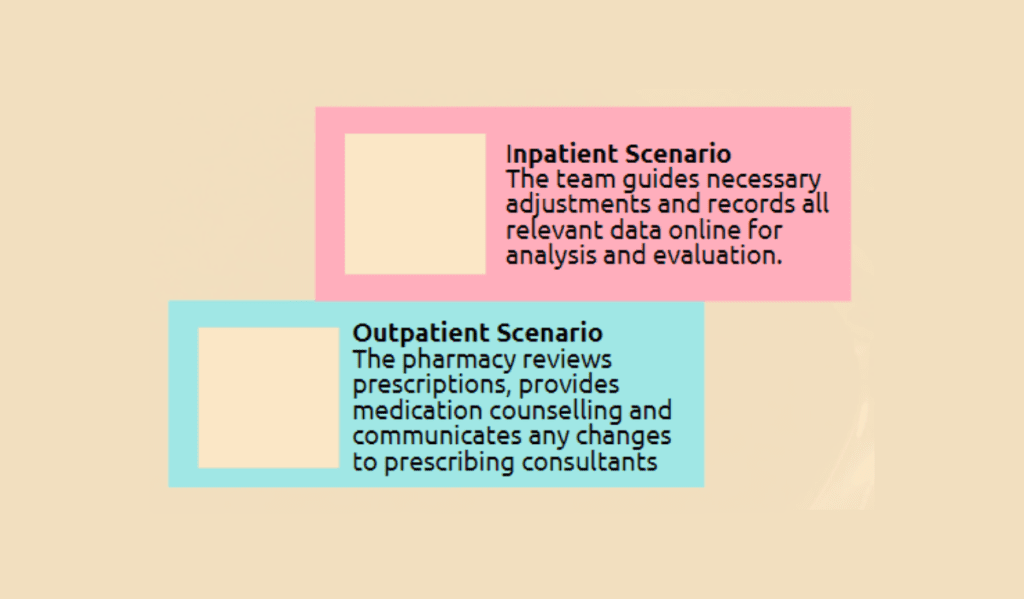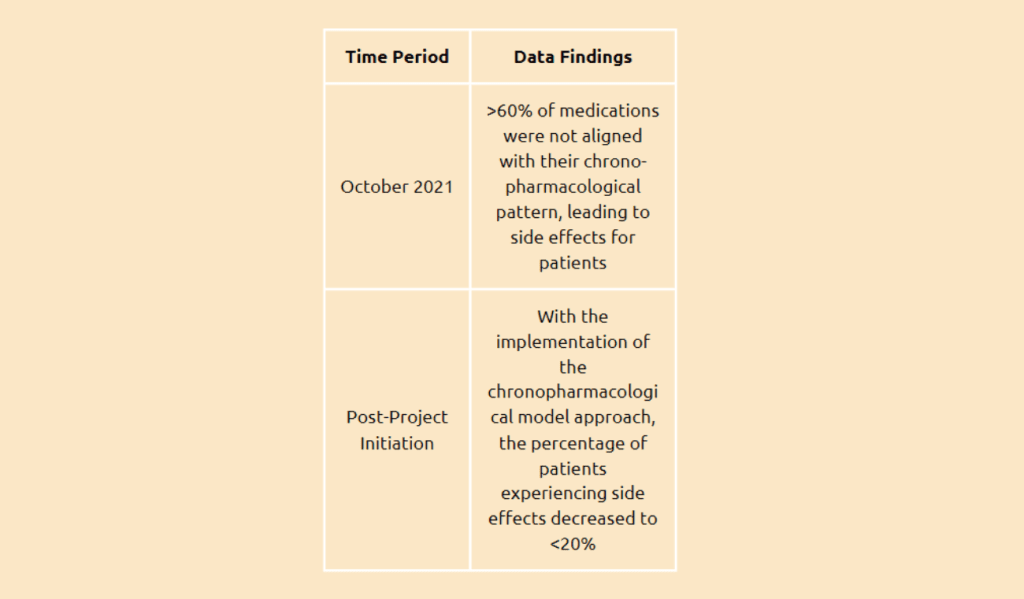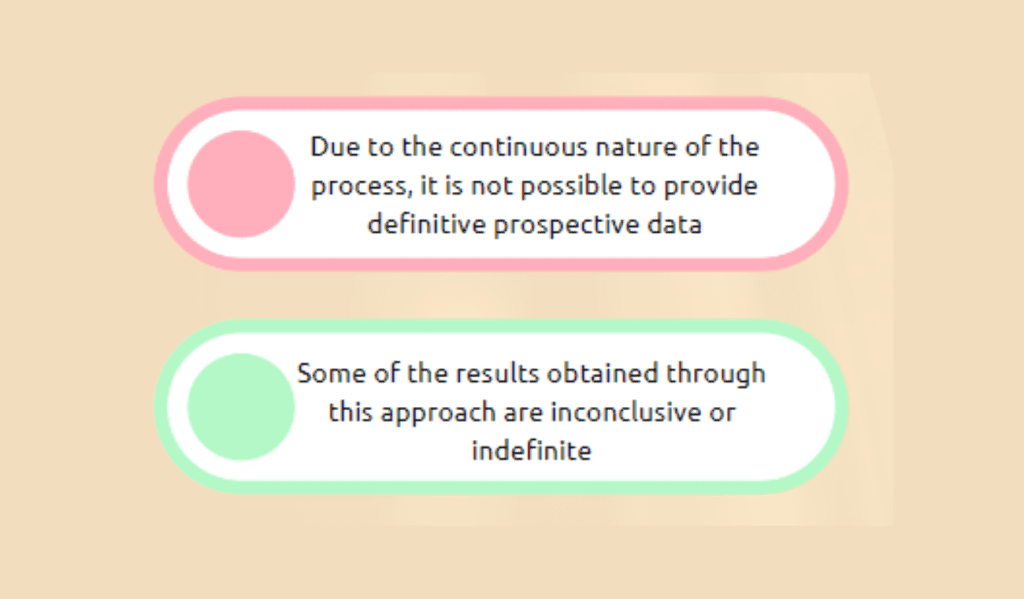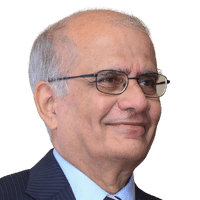Harnessing the Power of Time: A Therapeutic Paradigm for Minimizing Medication-Related Harm and Improving Adherence
Read the Magazine in PDF
Abstract :
Chronopharmacology is a therapeutic approach that considers the timing of medication administration based on biological rhythms. This study explores the implementation of chronopharmacology in healthcare settings and its impact on treatment outcomes. It also highlights establishing an in-house clinical pharmacology team and using data capture for analysis. Furthermore, the integration of chronopharmacology in inpatient and outpatient scenarios is discussed. The results demonstrate the importance of aligning medication administration with circadian rhythms to enhance efficacy and minimize side effects. However, challenges remain in obtaining definitive prospective data and interpreting the results accurately.
Organization Profile:
Shri. B. Nagi Reddi, who received the prestigious Dada Saheb Phalke Award for his invaluable contributions to the Indian film industry, was a genuinely versatile individual. He founded Vijaya Vauhini Studios, a premier destination for film production in India. Additionally, he established Prasad Process, one of the largest printing presses in India, renowned for publishing beloved children’s magazines like “Chandamama,” which continue to captivate millions of readers today. Shri. B. Nagi Reddi was a dynamic person driven by a constant pursuit of excellence. Despite his modest beginnings in a small village in Andhra Pradesh, he succeeded in every aspect of his life. While he received numerous accolades, his true aspiration was to provide “quality medical service at affordable rates to society.” This vision led to the founding of Vijaya Hospital in 1972, one of the pioneering multi-speciality hospitals in Chennai. Starting with 30 beds, the hospital has expanded to over 750 beds under the Vijaya Medical and Educational Trust (VMET) umbrella. The trust includes Vijaya Hospital (VH), Vijaya Health Centre (VHC), Vijaya Heart Foundation (VHF), and Vijaya Eye Foundation.
Introduction:
Chronopharmacology is a scientific field that focuses on the changes in the pharmacological effects of different drugs based on biological timing and internal periodicities. Many physiological functions and diseases display circadian rhythms, and some drugs exhibit chronokinetics. As a result, the application of chronotherapeutics in such conditions can optimize the effectiveness of treatment while reducing the adverse effects associated with drugs, ultimately leading to improved therapeutic outcomes. This study aims to synchronize drug treatment with a patient’s circadian rhythms to minimize toxicity or adverse effects and maximize efficacy.
Aligning medication administration with the body’s biological circadian rhythm is crucial for achieving optimal effectiveness and minimizing side effects. By considering the natural rhythms of the body and timing medication accordingly, therapy can maximize its efficacy.
Taking this approach into account, numerous medications are prescribed. Conversely, failing to synchronize treatment with the body’s physiological rhythm, particularly the circadian rhythm, is a significant factor in intensifying adverse drug effects. This can result in the discontinuation of the therapy and ultimately lead to treatment failure.
The process of implementing chronopharmacological changes is both simple and cost-effective, making it easily adaptable. To ensure targeted population outcomes, we have divided the project into two scenarios: in-patient and out-patient setups.

The concept of chronopharmacology has facilitated significant improvements in treatment outcomes. Appropriate medication administration schedules have been established by considering the biological timing of certain conditions. These can be used for maintaining and replicating the improvements. For instance, in the case of rheumatoid arthritis, the severity of symptoms typically worsens in the morning. Consequently, it is more effective to administer NSAIDs at night to alleviate the discomfort.
On the other hand, osteoarthritis pain tends to worsen during the night. Therefore, NSAIDs are preferred when taken in the morning to provide relief throughout the day. Applying the principles of chronopharmacology, treatment plans were tailored according to the biological timing of each patient’s condition. This approach resulted in better therapeutic outcomes for all patients.
Before the introduction of chronopharmacology, the management of allergic rhinitis involved prescribing antihistamines twice a day, along with oral corticosteroids. Unfortunately, the adherence rate to this treatment regimen was less than 45%.
However, with the implementation of chronopharmacology, a new approach was adopted. Patients were prescribed antihistamines to be taken at bedtime, along with a morning dose of oral corticosteroids. As a result, the adherence rate significantly improved, reaching 85%.
Outcomes :


Conclusion :
The implementation of chronopharmacology has shown promising results in optimizing treatment outcomes and reducing medication-related harm. The in-house Clinical Pharmacology Team is vital in identifying medications requiring timing adjustments based on chronopharmacological principles. Simultaneously, data capture and analysis provide valuable insights for further evaluation. The integration of chronopharmacology in inpatient and outpatient settings ensures targeted population outcomes. However, challenges exist in obtaining definitive prospective data, and the results obtained through this approach may sometimes be inconclusive. Nevertheless, chronopharmacology as a therapeutic approach holds great potential for improving medication adherence and patient well-being.




